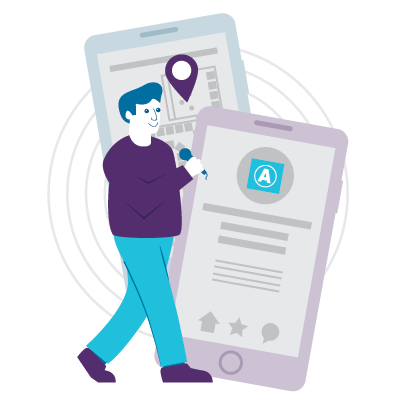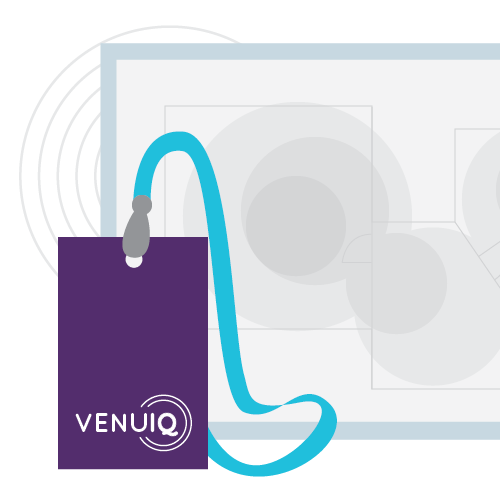JOIN US AT EVENT TECH LIVE 2021
Get in touch
Register and get your FREE pass to Event Tech Live, 1-5 November 2021.
Event Tech Live (ETL) is a five-day hybrid event – you can join us virtually or in person at the Old Truman Brewery in East London on the 3rd & 4th November.
ETL is the place to find out what’s happening in our fast-moving events industry. You can try out the latest innovations in tech and talk with the team to get their insights.
Join us this year at ETL for free and chat with the VenuIQ team.
If you have any further questions, you can get in touch via the form or email us at info@venu-iq.com
We look forward to meeting you at Event Tech Live.
[contact-form-7 id=”2662″ title=”ETL 2021 Contact Form”]





You must be logged in to post a comment.